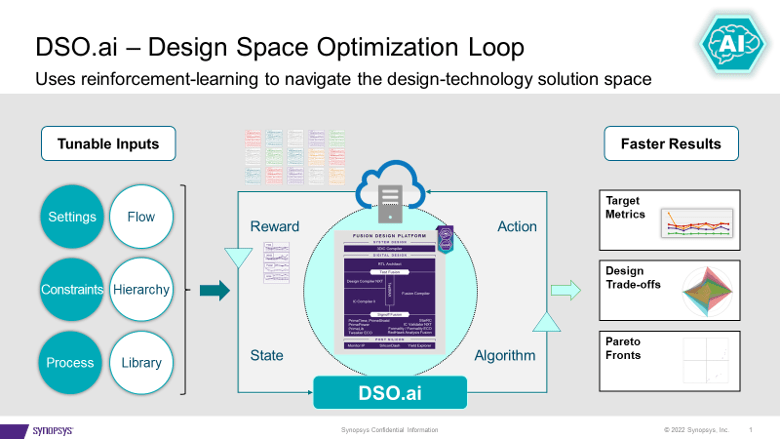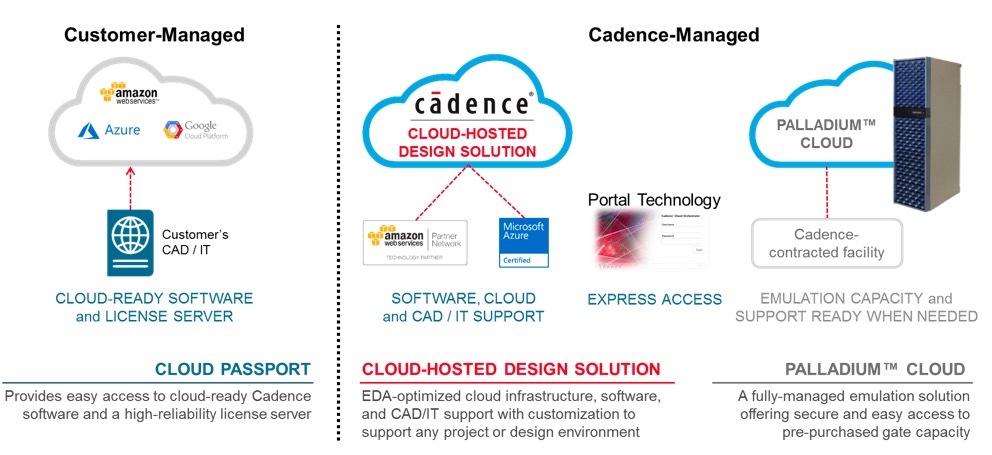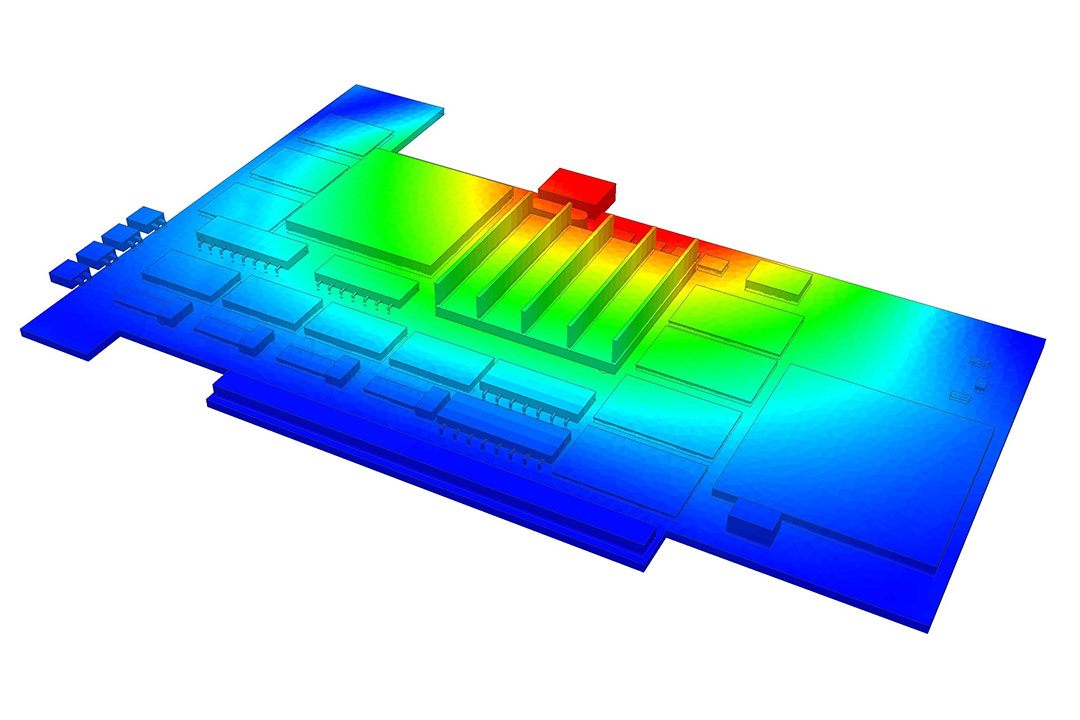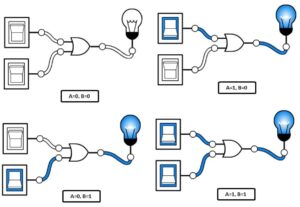Introduction
The semiconductor industry is the backbone of modern technology, powering everything from smartphones to advanced AI systems. As demand for more powerful and efficient chips grows, so does the need for innovative design tools and software.
In 2024, several groundbreaking advancements are revolutionizing the semiconductor design process, enhancing efficiency, accuracy, and collaboration. Here, we explore the top five innovations driving this transformation.
Background: Evolution of Semiconductor Design
Semiconductor design has undergone significant evolution over the years, driven by advancements in technology and the increasing complexity of chip architectures. Traditionally, semiconductor design involved manual processes and relied heavily on human expertise. However, as chip designs have become more complex, the need for automation and advanced tools has become apparent. Today, semiconductor companies are leveraging cutting-edge technologies like artificial intelligence, cloud computing, and advanced simulation to streamline the design process and accelerate innovation.
Read More: 8 Companies Poised to Benefit Significantly from the AI Boom
Artificial Intelligence-Powered Design Exploration Tools
Revolutionizing Design with AI
Artificial Intelligence (AI) is becoming a cornerstone of modern semiconductor design.
AI-powered design exploration tools automate repetitive tasks, such as exploring various design options and identifying potential issues early in the design process.
This automation significantly reduces design time and effort while improving the quality of the final product.
Example: Synopsys DSO
Synopsys DSO (Design Space Optimization) utilizes machine learning to analyze vast design spaces and identify optimal configurations. By leveraging AI, designers can efficiently navigate through complex design challenges and achieve superior outcomes.
Read More: 6 Reasons Why Nvidia Overtook Apple as World’s Second Most Valuable Company – techovedas
Cloud-Based Design Platforms
Enhancing Collaboration and Efficiency
Cloud-based design platforms are transforming the way chip designers collaborate.
These platforms provide a secure and collaborative environment, enabling teams to work together seamlessly regardless of their physical location.
This improved communication and efficiency is especially beneficial for geographically dispersed teams.
Example: Cadence Cloud
Cadence Cloud offers a comprehensive suite of Electronic Design Automation (EDA) tools accessible through a secure cloud environment.
This platform supports remote collaboration and provides scalable resources, ensuring that design teams can work efficiently and securely.
Advanced Simulation Tools
Accurate Modeling for Better Designs
Advanced simulation tools are crucial for accurately modeling the behavior of complex chips.
These tools help identify and fix potential problems early in the design process, reducing the risk of costly errors and ensuring higher reliability in the final product.
Example: Ansys Sherlock
Ansys Sherlock utilizes advanced physical verification technology to ensure design rule compliance and identify potential issues early in the design flow.
This proactive approach helps in minimizing design risks and enhancing overall design quality.
Formal Verification Tools
Ensuring Design Correctness
Formal verification tools use mathematical techniques to prove that a chip design meets its specifications.
These tools are essential for ensuring the correctness of the design and reducing the risk of bugs, which can be critical in complex semiconductor projects.
Example: Siemens Formal Verification Suite
Siemens Formal Verification Suite offers a comprehensive set of tools for verifying the functional correctness of hardware designs.
By rigorously checking design specifications, these tools help in producing reliable and error-free semiconductor products.
Machine Learning for Manufacturing Process Optimization
Optimizing Manufacturing with Machine Learning
Machine learning is playing a pivotal role in optimizing semiconductor manufacturing processes. By analyzing manufacturing data, machine learning models can identify and predict potential yield issues, enabling real-time process optimization and improving yields.

Example: Solido Design Automation
Solido Design Automation’s machine learning models are designed to analyze manufacturing data and predict potential yield issues. This capability allows for real-time adjustments in the manufacturing process, leading to improved efficiency and reduced costs.
Importance of These Innovations
The introduction of these advanced tools and software solutions is crucial for maintaining the pace of innovation in the semiconductor industry.
As chips become more complex, the need for efficient and accurate design processes becomes paramount. These innovations not only streamline the design tools and software manufacturing processes but also help in reducing costs, improving product reliability, and accelerating time-to-market. Moreover, they enable better collaboration across global teams, fostering a more inclusive and efficient working environment.
Efficient design exploration through AI reduces the trial-and-error aspect of semiconductor design, significantly shortening development cycles.
Cloud-based platforms enhance collaboration, which is vital in an industry where teams are often spread across the globe.
Advanced simulation and formal verification tools ensure that chips perform as intended, reducing the risk of costly post-production fixes.
Finally, machine learning’s role in manufacturing optimization is pivotal in maintaining high yield rates and minimizing production costs.
Follow us on Twitter: https://x.com/TechoVedas
Conclusion
The semiconductor industry is rapidly evolving with the integration of advanced tools and software. AI-powered design tools and software cloud-based design platforms, advanced simulation tools, formal verification tools, and machine learning for manufacturing optimization are at the forefront of this transformation.
These innovations are not only enhancing the design process but also ensuring higher quality and reliability in semiconductor products.
As the industry continues to evolve, these tools will play a crucial role in maintaining a competitive advantage and driving technological advancements.








